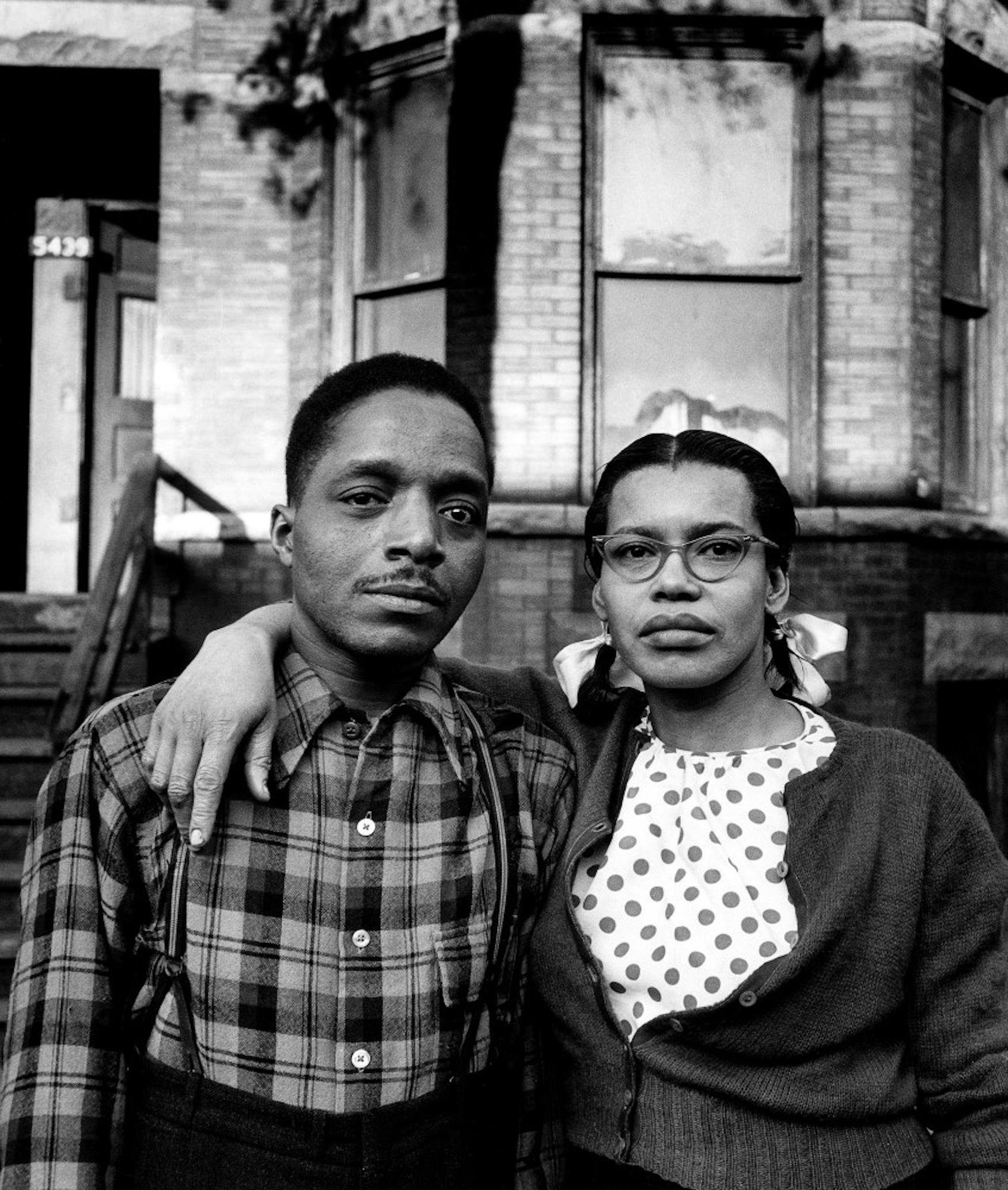Museum of Fine Arts, Boston displays the unseen photography of Gordon Parks
In 1950, Gordon Parks, the first black staff photographer for Life Magazine, went back to his hometown of Fort Scott, Kan. to photograph the town and his elementary school classmates, more than 20 years after they had gone to school together.
The photos were slated to be published in Life magazine in 1951 in conjunction with an article titled “Back to Fort Scott,” a piece about Parks’ trip back home. The piece was meant to provide a forum for Parks to reflect on the racism and segregation he had experienced as a child. But for unknown reasons, the article was never published. Gordon Parks: Back to Fort Scott, currently on view at the Museum of Fine Arts, Boston, shows off these photos that never were seen, revealing life in 1950 Fort Scott through the eyes of a native.
It is a small but powerful exhibit. In one square room, black and white photographs line the walls, depicting the difficult and oppressive atmosphere for black Americans in the 1950s South.
One of these photographs depicts a group of children watching a baseball game in town. The white children are seated in a neat row on a bench while two black girls stand off to the side, apparently unable to sit with the other children. The note on the side of the image suggests that it exemplifies the kind of photo only a native to the community like Parks would be able to take—he knew where to find the subtle inequalities still very present in his old town.
A few photographs depict Fred Wells, one of Parks’ classmates, who, like most of his classmates, moved out of Fort Scott. Wells had moved to Chicago where he lived with his wife Mary. One photo depicts Wells at work—loading and unloading boxes of Campbell’s soup. In another photo, Wells stands with his wife—both staring straight into the camera, their arms wrapped around one another. In a third, the two sit at the kitchen table in their extremely small apartment.
There are a few photos of Parks’ family still in Fort Scott. “Uncle James Parks” depicts a peripheral portrait of Parks’ uncle, leaning on his cane and starring off to the side of the frame in pensive reflection. The note mentions that on the back of one of his photographs of this same uncle, Parks wrote, “Uncle Jimmy—My real mentor! Taught me about life.”
In the middle of the room stands a glass case with the only works in the exhibit that are not photos taken by Parks. The case provides some context for the exhibit, providing documents that detail Parks’ own life. There is a photo of Parks and his classmates. The note says that it is probably from 1927, the year that they entered high school. There is also a draft and notes for the story for Life magazine that was never published. And there is Parks’ novel, The Learning Tree (1963), a book that details a story of a young black man growing up in Kansas in the late 1920s and early 30s. In 1969, the book was adapted into a film and directed by Parks.
The exhibit ends on a note of hope and progress. Another of Parks’ classmates, Peter Thompson, stands with his wife and teenage daughter in front of a house that, as the note says, they are hoping to buy. The family was part of a larger trend of black families buying homes previously occupied by whites. It is also noted that Thompson’s teenage daughter was planning to attend college.
From the exhibit, it is clear that Parks was an incredibly gifted documentarian—capturing with his lens the everyday struggles of racial America in the 1950s South. The fact that America was not able to see the photos in the time period they were taken is unfortunate. But the exhibit attempts to make up for this injustice, presenting the photos that are still very much relevant to our world in 2015.



Please note All comments are eligible for publication in The Justice.